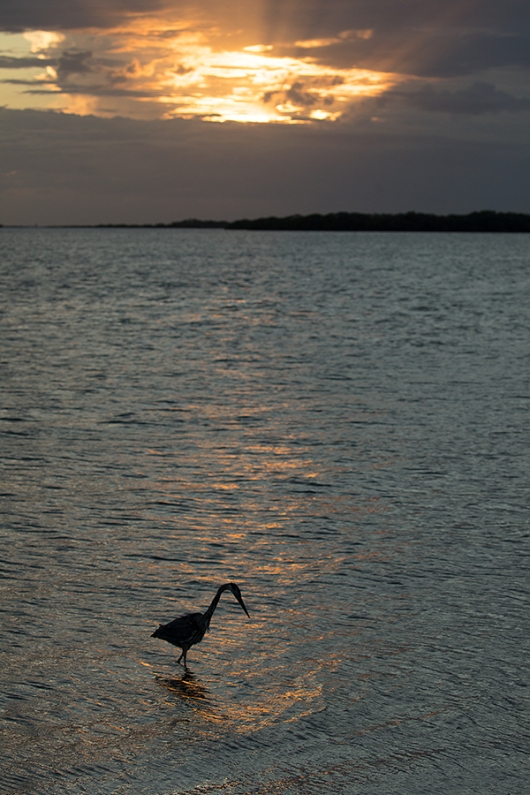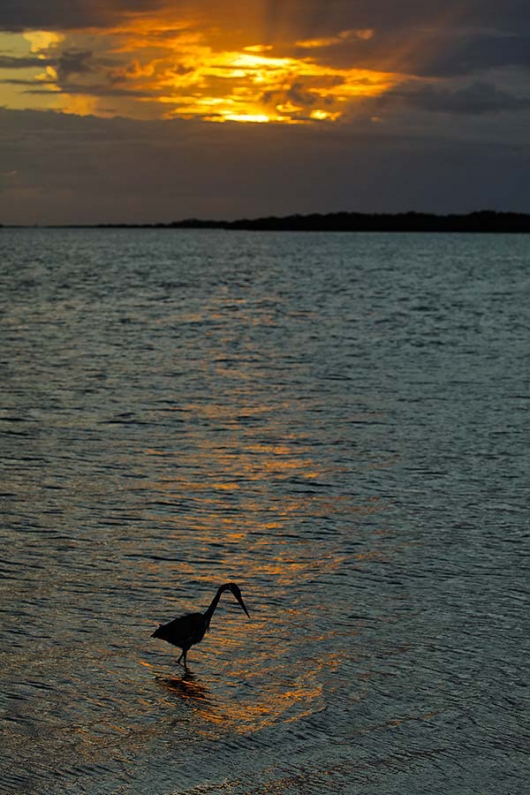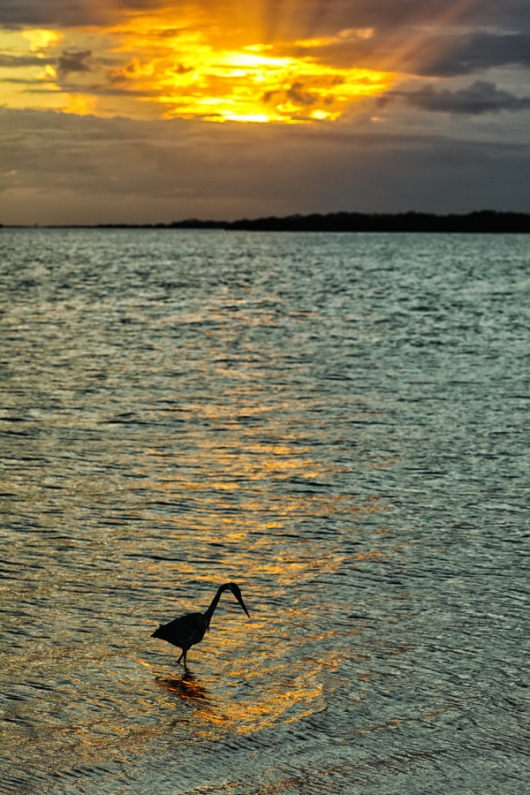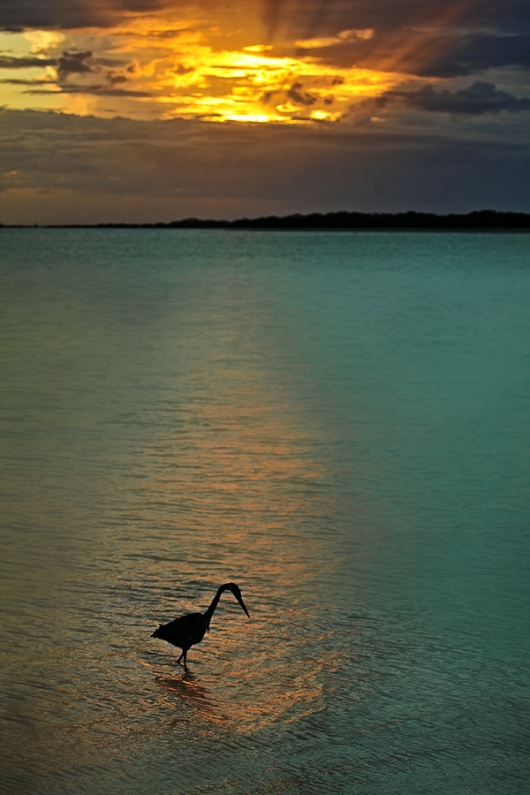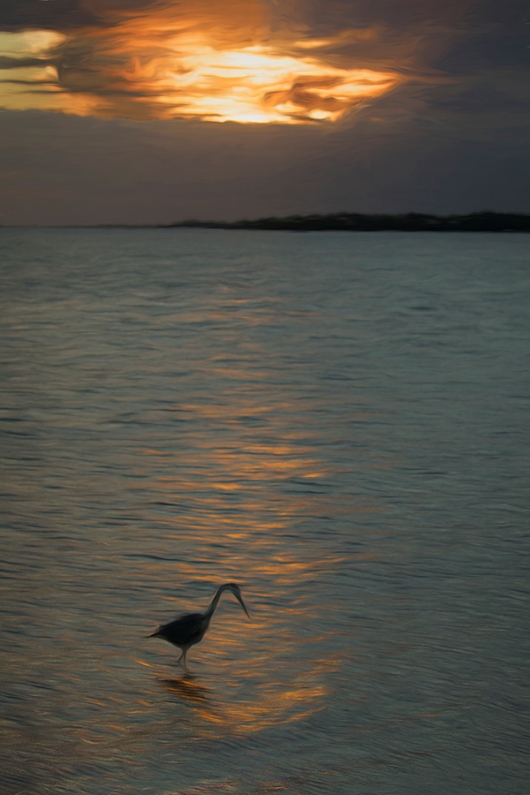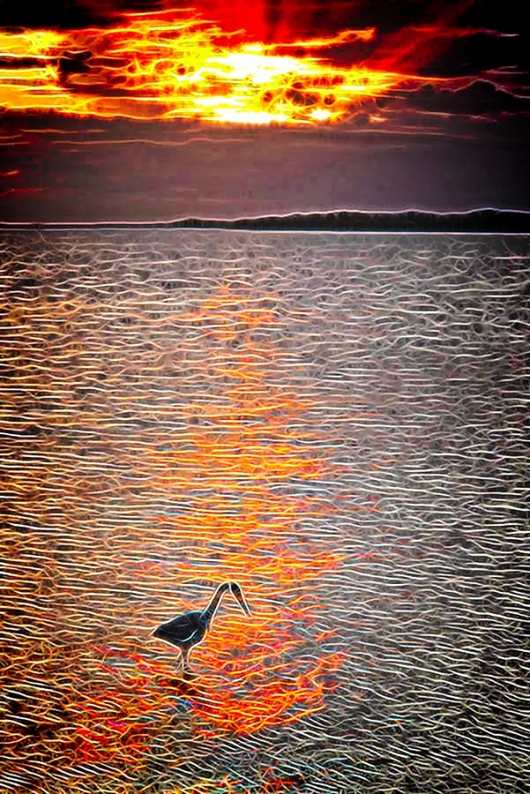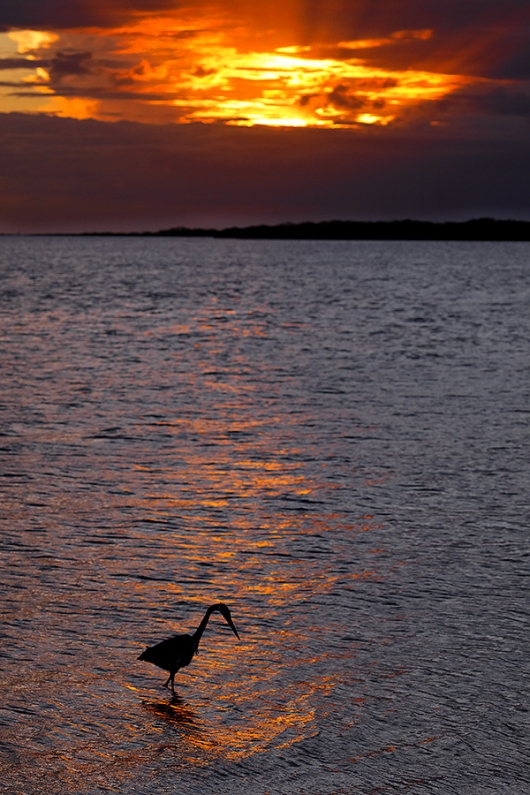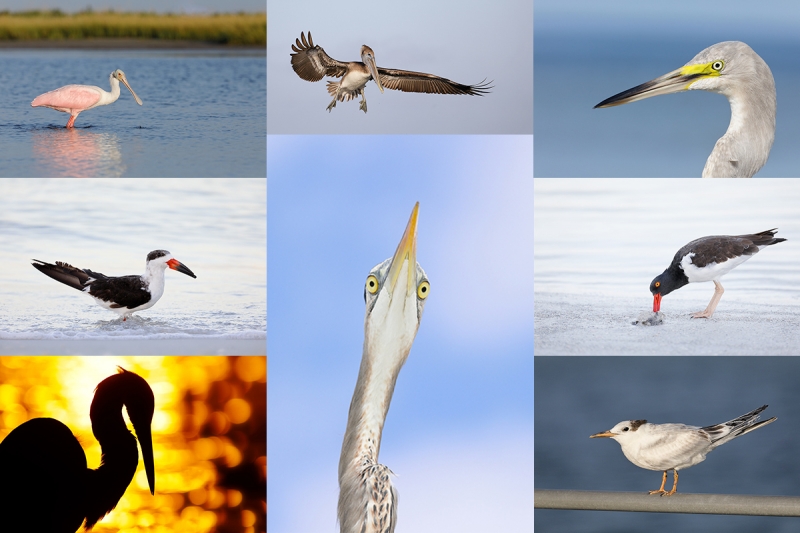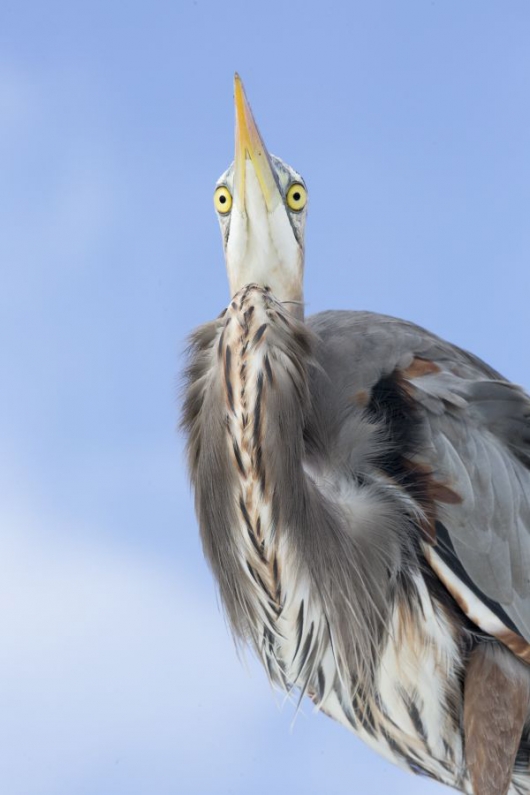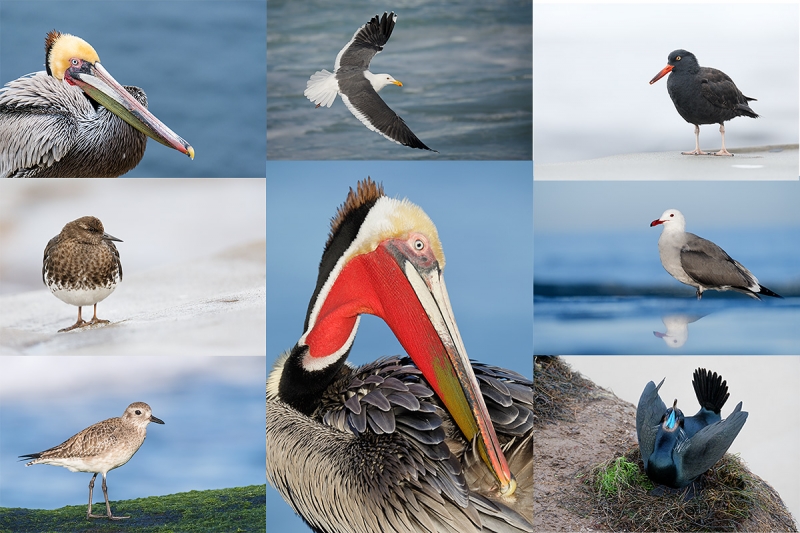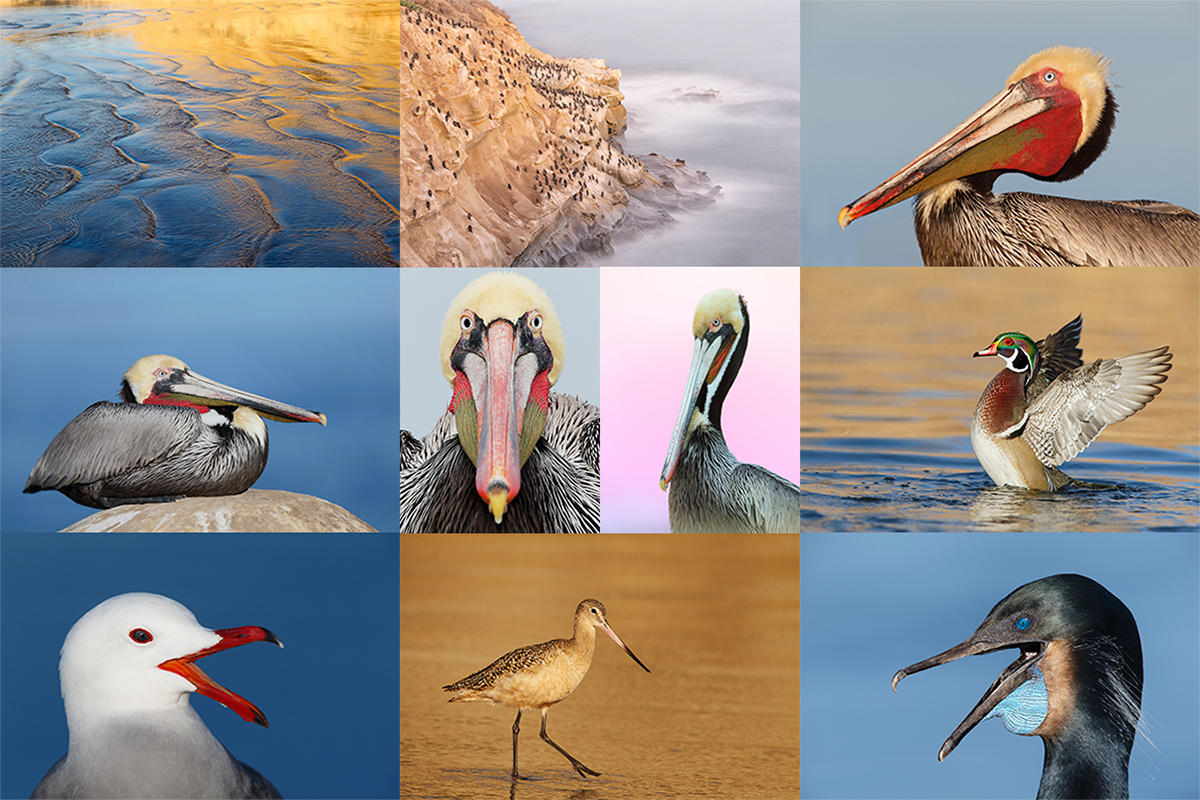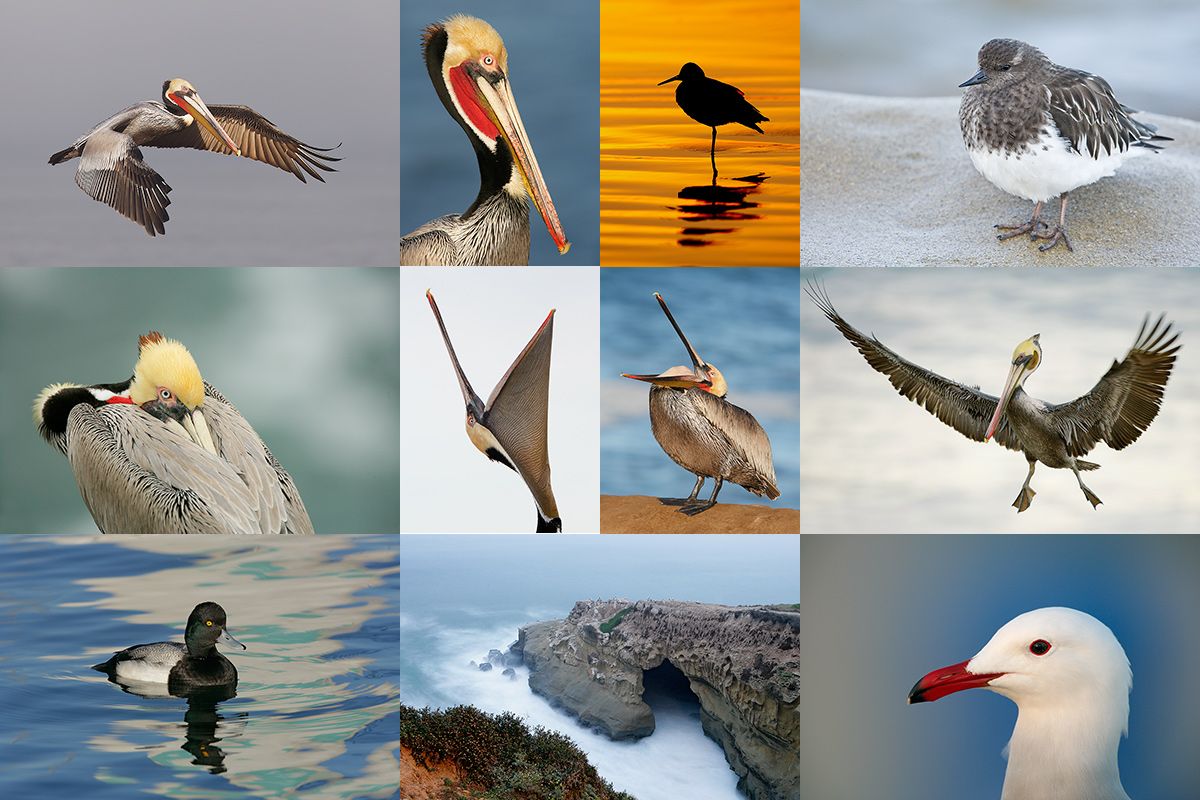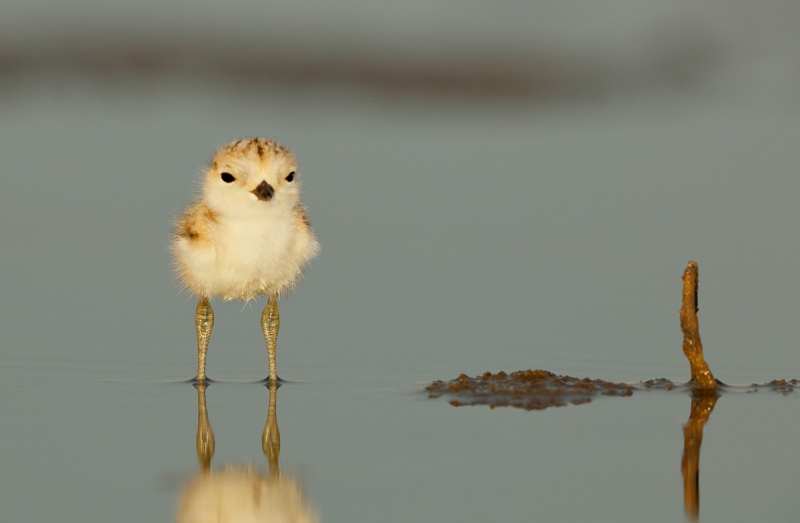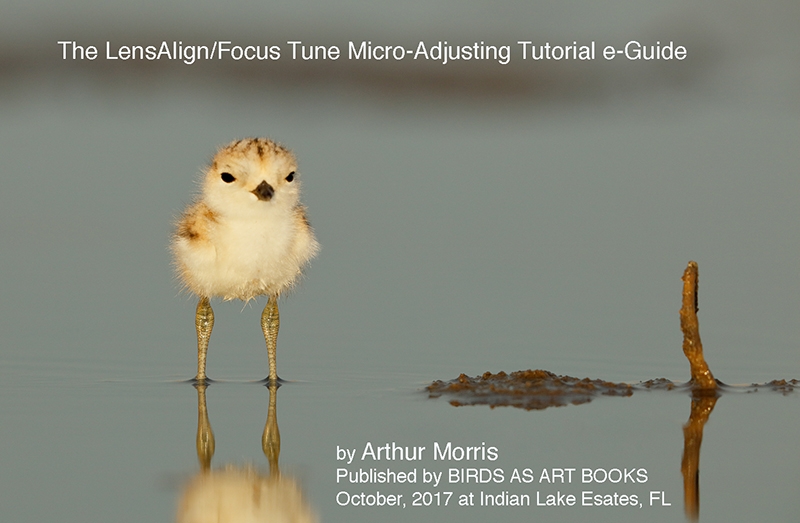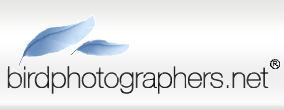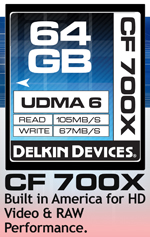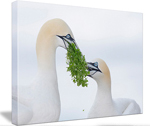Stuff
On Friday afternoon I will drive to Brandon to get my almost brand new i-Phone 8+ replaced. I somehow managed to drop it out of my car at 35 mph last week 🙂 I did purchase the Apple Care insurance. Then I continue on to Fort DeSoto for another busman’s holiday, in hopes of running into the mystery heron/egret again.
The Streak
Today makes eighty-six days in a row with a new educational blog post! This blog post took less than an hour to prepare. With all of my upcoming free time (or not…), the plan right now is to break the current record streak of (I think) four hundred eighty something … Good health and good internet connections willing.
Booking.Com
Booking.Com came through for me twice again recently with both the DeSoto Fall IPT and next July’s UK Puffins, Gannets, and Bempton Pre-trip room reservations. And all the rates were great. If you’d like to give Booking.Com a shot, click here and you will earn a $25 reward. Thanks to the many who have already tried and used this great service.


Gear Questions and Advice
Too many folks attending BAA IPTs and dozens of folks whom I see in the field, and on BPN, are–out of ignorance–using the wrong gear especially when it comes to tripods and more especially, tripod heads… Please know that I am always glad to answer your gear questions via e-mail.
|
|
|
This image was created on the late afternoon of Friday, October 13 with the hand held Canon EF 100-400mm f/4.5-5.6L IS II USM lens (at 112mm) and my favorite bird photography camera, the Canon EOS 5D Mark IV. ISO 800. Evaluative metering -2/3 stop: 1/2,000 sec. at f/6.3 in Av mode. AWB. Center AF point/AI Servo/Expand/Rear Button AF and recompose. FocusTune/LensAlign Micro Adjustment: -2. Great Blue Heron sunrise scenic with god-rays. |
Please Note
Please note that by any standard the colors and contrast in the image above are boring!
The First-Ever RAW File/Image Optimization Challenge
I posted the following in the The First-Ever RAW File/Image Optimization Challenge blog post here:
If you would like to take a crack at this image please click here to download the RAW file. Save the image to your hard drive, convert it in the program of your choice, and then optimize it with the program of your choice. save the TIF. Then create a sharpened 900 pixel tall JPEG and shoot it to me via e-mail.
Assuming that I receive at least a few decent images, I will publish at least the best one here on Friday along with my optimized version.
If at least a few folks give it a try, we can play this game again. If not — well, you can figure it out. Those who try will wind up learning a ton. And who knows, they may create an image that is stronger than mine 🙂
The Reaction
About 20 folks responded by sending their version of the posted image. I responded to each by commenting on their version at times, offering suggestions for improvement. Many folks did a decent job but left to image too dark overall (for reasons noted immediately below). The way to deal with these situations is to do a Curves adjustment that includes pinning the light tones (in this case, the sky), and then pulling the rest of the curve up. Thanks to all who participated. Though it involves a lot of work for me, we will be doing this exercise again.
My Critique
The JPEG above represents the RAW file converted straight up in ACR (with no adjustments). The image overall is way too dark because of the underexposure that was needed to hold back the bright sections of the sky … As both the bird and the god rays are a bit too centered, I wish that I had moved two steps to my right so that the bird would have been closer to the lower left corner and the god rays closer to the upper right corner. I created the image at K-7600 to juice up the colors but the underexposure muted those quite a bit. I converted the image in DPP 4 and optimized it in Photoshop. I will share it with you here in a few days.
|
|
Great Blue Heron sunrise scenic with god-rays.Conversion and optimization by Nick Clayton. |
Middle of the Road …
Nick Clayton’s version was well done — he did a nice job of boosting the colors — but is too middle of the road for me. In part, because he failed to deal with the tonality. Again, the way to deal with these situations is to do a Curves adjustment that includes pinning the light tones (in this case, the sky), and then pulling the rest of the curve up.
|
|
Great Blue Heron sunrise scenic with god-rays.Conversion and optimization by Anthony Ardito. |
Brighter
Anthony Ardito’s version was a brighter than the boring ACR-converted version that I posted. Please note that I cast no aspersions at ACR — had I wanted to, I could have just as easily boosted the colors and dealt with the tonality in ACR as I did in DPP 4.
|
|
Great Blue Heron sunrise scenic with god-rays.Conversion and optimization by Jerry Turner. |
Getting Creative
Jerry Turner opted to soften up the wavelets by applying a fairly strong layer of Surface Blur and then reducing the opacity until a bit of wave detail showed. HIs first version had an unnatural glow around the brighter tones in the water; he eliminated that on his second try. I just noticed that he somehow introduced what looks like a large dust spot in the sky above the trees on the right. I am not a big fan of the CYAN water …
|
|
Great Blue Heron sunrise scenic with god-rays.Conversion and optimization by Michael Eckstein. |
More Creativity
Michael Eckstein used Topaz Impressions to come up with his version. I love the effect but he could have done a lot more with the color and contrast.
|
|
Great Blue Heron sunrise scenic with god-rays.Conversion and optimization by Pat Dunnuck. |
Over the Top?
Pat Dunnuck used Topaz Studio with a radiance adjustment to come up with her wild version. She sent many versions. Some were too light without much contrast. Though her last version, the one presented here, is way over the top, I do like her creativity. I am pretty sure that there is a less out of the box version that might be more pleasing while still being dramatic.
|
|
Great Blue Heron sunrise scenic with god-rays.Conversion and optimization by Arthur Morris. |
artie’s version
Above is my version, converted in DPP 4 and optimized in Photoshop. I will detail the image optimization in a future blog post. How did I move the god rays to the right hand corner of the image?
Comments Welcome
Please feel free to comment on any of all of the images above. What did you like and why? Which is your favorite. Do you have any suggestions for improvement for any of the photos?
If In Doubt …
If in doubt about using the BAA B&H affiliate link correctly, you can always start your search by clicking here. Please note that the tracking is invisible. Web orders only. Please, however, remember to shoot me your receipt via e-mail.




Please Remember to use my Affiliate Links and to Visit the New BAA Online Store 🙂
To show your appreciation for my continuing efforts here, we ask, as always, that you get in the habit of using my B&H affiliate links on the right side of the blog for all of your photo and electronics purchases. Please check the availability of all photographic accessories in the New BIRDS AS ART Online Store, especially the Mongoose M3.6 tripod head, Wimberley lens plates, Delkin flash cards and accessories, and LensCoat stuff.
As always, we sell only what I have used, have tested, and can depend on. We will not sell you junk. We know what you need to make creating great images easy and fun. And please remember that I am always glad to answer your gear questions via e-mail.
I would of course appreciate your using our B&H affiliate links for all of your major gear, video, and electronic purchases. For the photographic stuff mentioned in the paragraph above, and for everything else in the new store, we, meaning BAA, would of course greatly appreciate your business. Here is a huge thank you to the many who have been using our links on a regular basis and those who will be visiting the New BIRDS AS ART Online Store as well.
Amazon.com
Those who prefer to support BAA by shopping with Amazon may use the logo link above.
Amazon Canada
Many kind folks from north of the border, eh, have e-mailed stating that they would love to help us out by using one of our affiliate links but that living in Canada and doing so presents numerous problems. Now, they can help us out by using our Amazon Canada affiliate link by starting their searches by clicking here.
Be sure to like and follow BAA on Facebook by clicking on the logo link upper right. Tanks a stack.
Typos
In all blog posts and Bulletins, feel free to e-mail or to leave a comment regarding any typos or errors. Just be right :).

